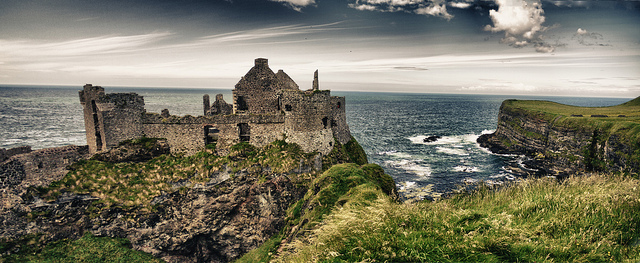
A team of archaeologists, which includes Dr. Colin Breen of the University of Ulster and Andrew Gault of the NIEA, are making exciting discoveries at Dunluce, Co. Antrim. This innovative archaeological research programme, which includes volunteer and apprenticeship opportunities, is revealing a wealth of information about an abandoned 17th century town.
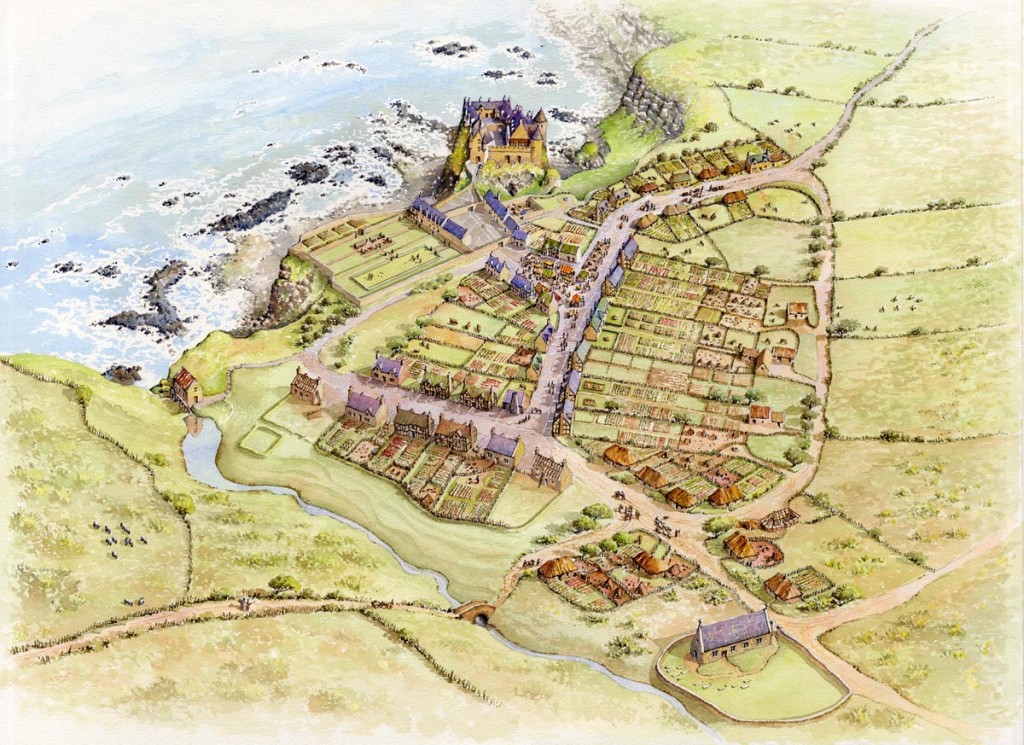
Located in the shadow of the iconic Dunluce Castle, the town was founded in 1608 by Randal MacDonnell, the first Earl of Antrim. The archaeological evidence suggests that it was a modern, planned settlement, with well-made, cobbled streets that were lined with large stone-built houses that had glazed windows and slate roofs. By the 1620s the town appears to have been a thriving market centre, with a population that may have been close to three hundred people (mainly Scottish planters) (more info here).
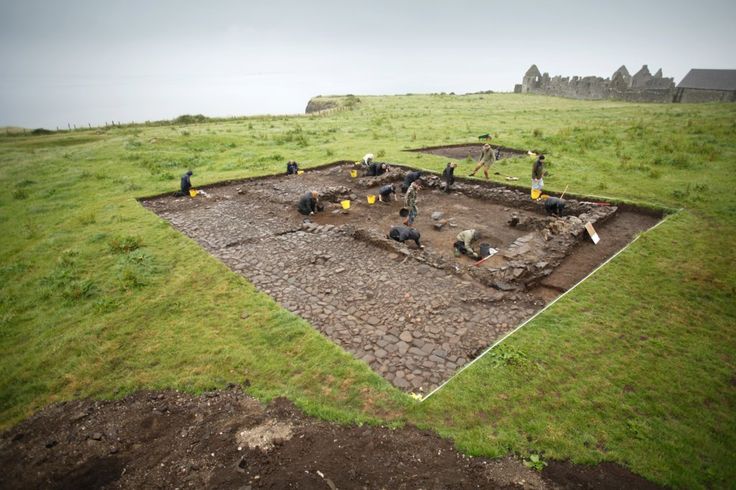
However, in January 1642 disaster befell Dunluce. A contingent of Irish rebels attempted to capture the nearby castle, but were repulsed and as they retreated they set fire to the town. Badly damaged, the settlement never fully recovered and by 1680 it was abandoned. As a result the town is in essence a time capsule, allowing archaeologists a very rare insight into an early 17th century urban centre that hasn’t been disturbed by later activity.
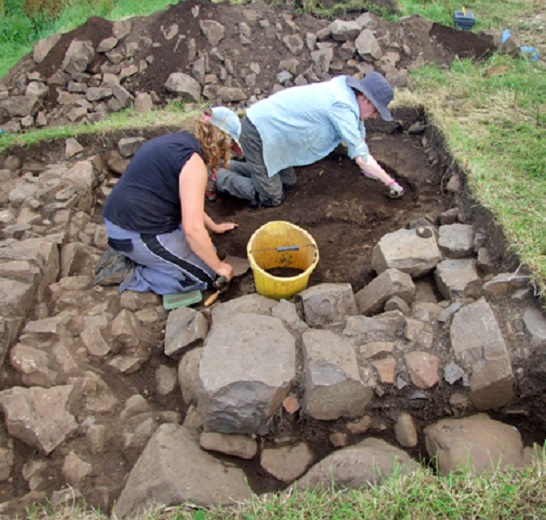
The 2014 excavation season at Dunluce has shed further light on the town. A house on the western side of the cobbled Merchants’ Street was targeted by several evaluation trenches. ‘This particular house seems to have been remodelled at some point during its occupation, when a beaten clay floor was laid over an earlier flagstone floor and a new room was created at the northern end of the building. One theory is that this may represent repair and re-organising of the interior of this house following the fire of January 1642‘ (more info). Another significant discovery at the Merchants’ Street was a cobbled cart track leading way from the main road.
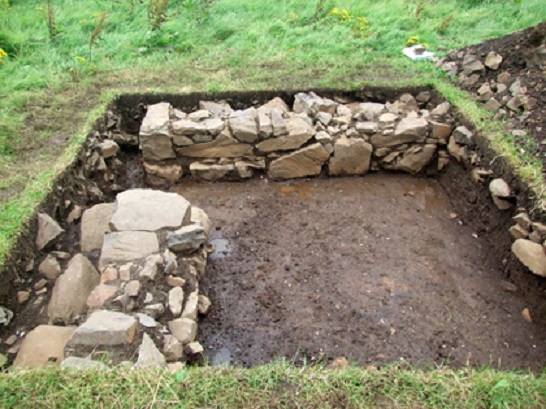
Evidence for earlier activity, pre-dating the 17th century town, was also identified for the first time. According to Mark Durkan, the Environment Minister for Northern Ireland, ‘The archaeologists found the remains of a stone-built structure that had a doorway at the corner, which is quite different to the 17th century buildings revealed to date. A fireplace in the building has been scientifically dated to the late 15th century. This leads archaeologists to suspect an earlier phase of settlement‘ (more info). This exciting discovery suggests that a small, late medieval, settlement may also have existed just outside the original castle gate.
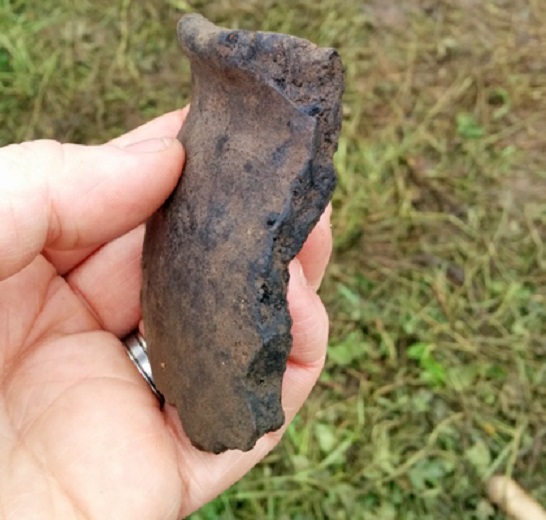
To date a wide range of artefacts have been uncovered at the site including animal bone, coins, glass beads, pottery, clay pipes and variety of metal work. Further analysis of these objects will hopefully give an insight into the daily lives of the Dunluce’s 17th century inhabitants. If you would like to find out more about the archaeology at Dunluce you should check out this excellent selection of videos about the excavation.
Further reading


